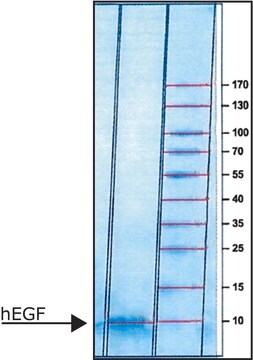M7403
MCDB 153 Medium
With trace elements, L-glutamine and 28mM HEPES, without sodium bicarbonate, powder, suitable for cell culture
Sinónimos:
Molecular, Cellular, and Development Biology 153 medium
About This Item
Productos recomendados
Quality Level
form
powder
technique(s)
cell culture | mammalian: suitable
components
NaHCO3: no
L-glutamine: 0.8772 g/L
glucose: 1.081 g/L (Dextro)
sodium pyruvate: 0.055 g/L
phenol red: 0.001242 g/L
HEPES: 6.6 g/L (25mM)
shipped in
ambient
storage temp.
2-8°C
General description
Application
Quantity
Reconstitution
also commonly purchased with this product
Storage Class
11 - Combustible Solids
wgk_germany
WGK 1
flash_point_f
Not applicable
flash_point_c
Not applicable
Certificados de análisis (COA)
Busque Certificados de análisis (COA) introduciendo el número de lote del producto. Los números de lote se encuentran en la etiqueta del producto después de las palabras «Lot» o «Batch»
¿Ya tiene este producto?
Encuentre la documentación para los productos que ha comprado recientemente en la Biblioteca de documentos.
Los clientes también vieron
Nuestro equipo de científicos tiene experiencia en todas las áreas de investigación: Ciencias de la vida, Ciencia de los materiales, Síntesis química, Cromatografía, Analítica y muchas otras.
Póngase en contacto con el Servicio técnico


